Simplifying Motherhood: Podcast Episode #157
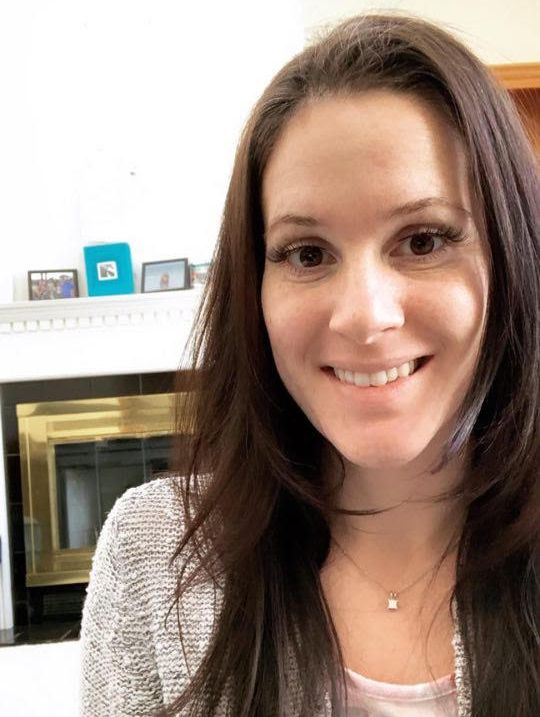
Krista Lockwood, founder of Motherhood Simplified, shares her top decluttering tips for new moms to prep for the arrival of a new baby. You can listen to this complete podcast episode on iTunes, SoundCloud, or anywhere you find your podcasts. Welcome. You’re listening to Ask the Doulas, a podcast where we talk to experts from […]
Functional Maternity: Podcast Episode #156
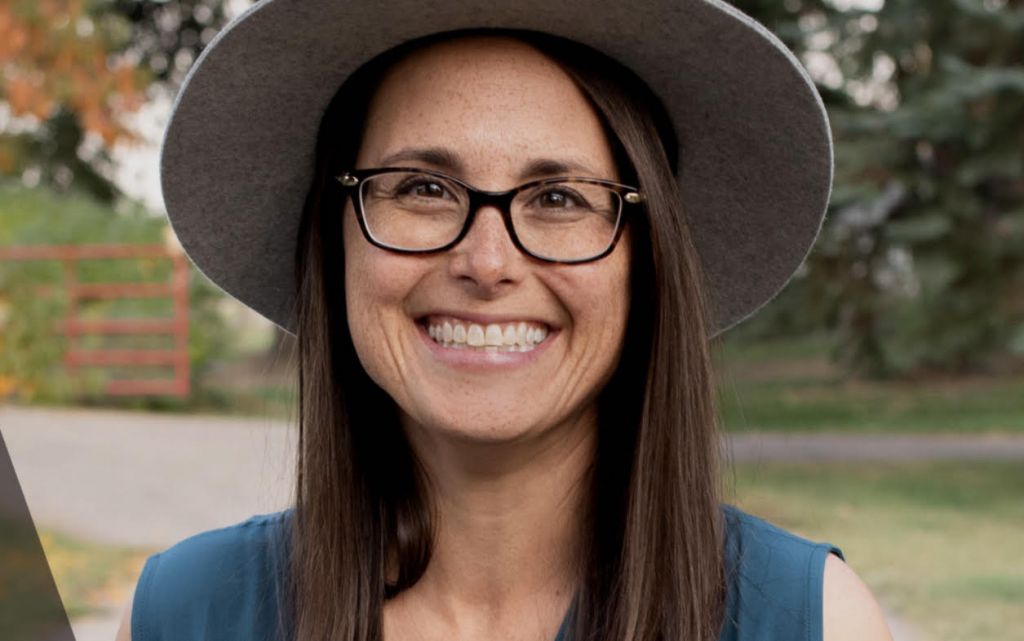
Sarah Thompson, author of Functional Maternity explains what maternal functional medicine is and the role nutrition plays in pregnancy and birth outcomes. You can listen to this complete podcast episode on iTunes, SoundCloud, or wherever you find your podcasts. Welcome. You’re listening to Ask the Doulas, a podcast where we talk to experts from all […]
Pilates for Prenatal and Postpartum: Podcast Episode #155

We talk about Pilates with Emma Jory of ePilates Online shares tips on how to take care of your body in all four trimesters. You can listen to this complete podcast episode on iTunes, SoundCloud, or wherever you find your podcasts. Welcome. You’re listening to Ask the Doulas, a podcast where we talk to experts […]
Transitioning Back To Work: Podcast Episode #154

Sasha Morozov of Sasha x Home shares top tips for transitioning back to work after having a baby. You can listen to this complete podcast episode on iTunes, SoundCloud, or wherever you find your podcasts. Welcome. You’re listening to Ask the Doulas, a podcast where we talk to experts from all over the country about […]
The Ins and Outs of My Vagina with Karin Freeland: Podcast Episode #153
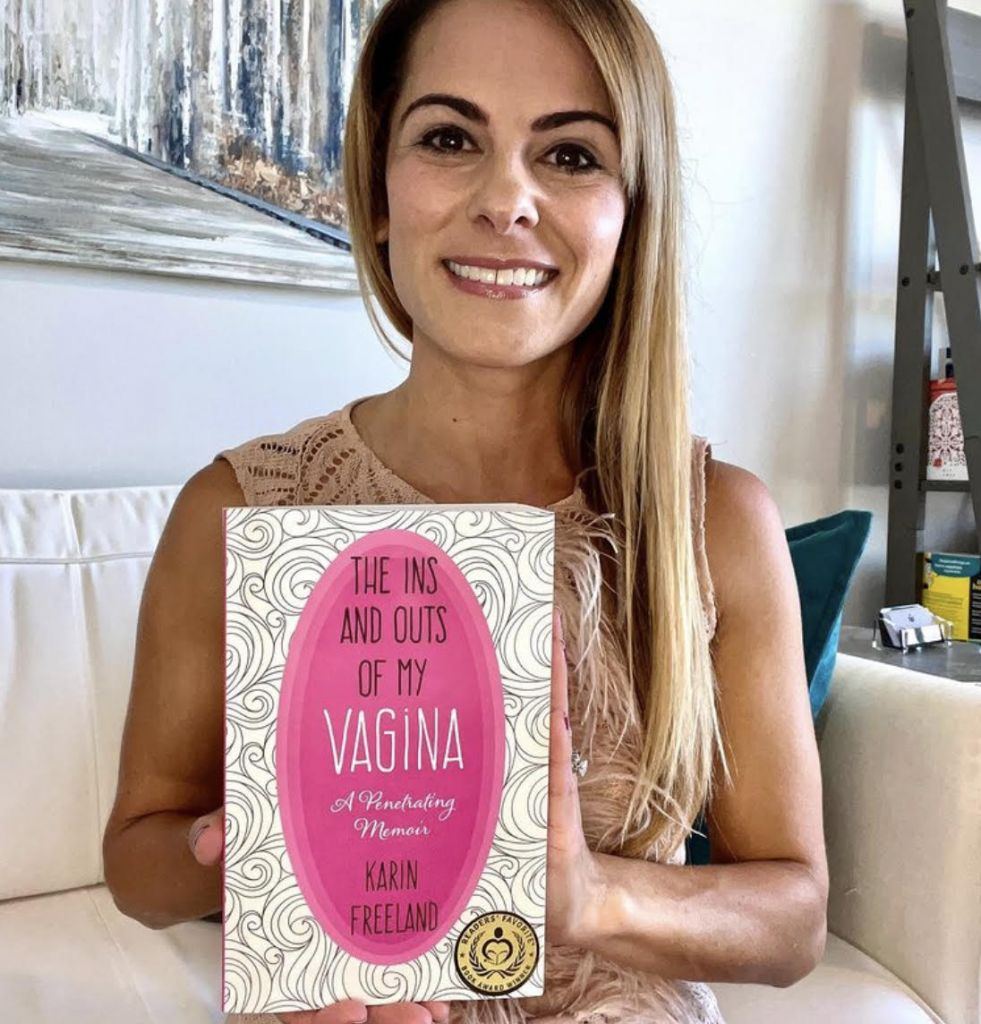
Karin Freeland chats about her book, “The Ins and Outs of My Vagina: A Penetrating Memoir” with Kristin. They discuss everything from body image to postpartum depression. You can listen to this complete podcast episode on iTunes, SoundCloud, or wherever you find your podcasts. Welcome. You’re listening to Ask the Doulas, a podcast where we […]
Pregnancy Loss
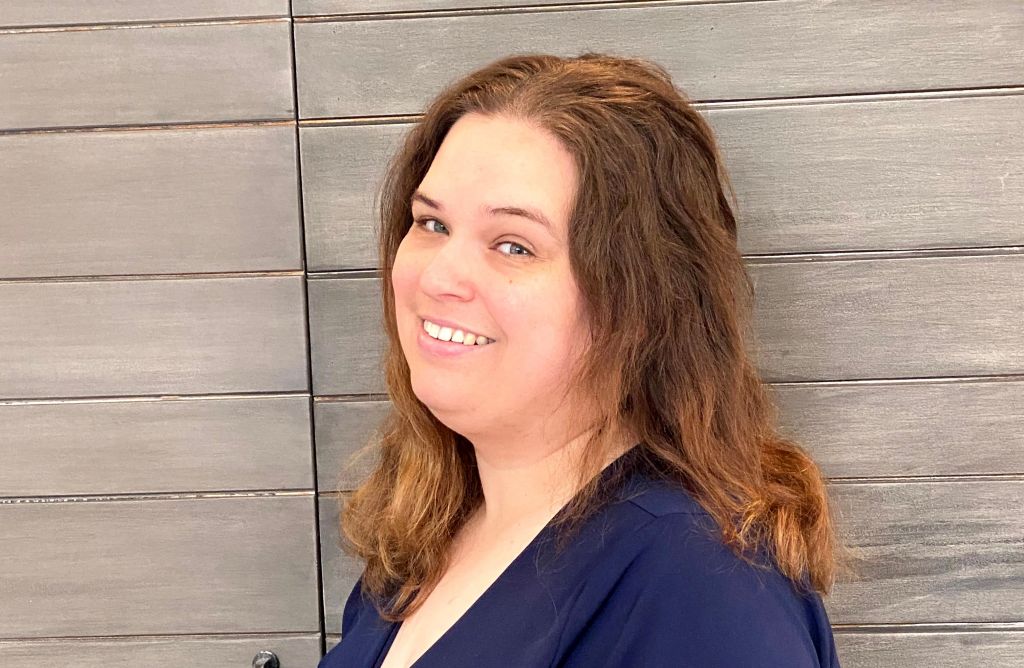
Remember the story of Pandora’s Box? In Greek mythology, the story goes something like this: Pandora, told she could not open the lid of a box given to her or her husband from Zeus, finally lets curiosity get the best of her and opens the box. Immediately, out comes all the troubles that humanity would […]
Autumn To-Do: 5 Ways to Optimize Finances
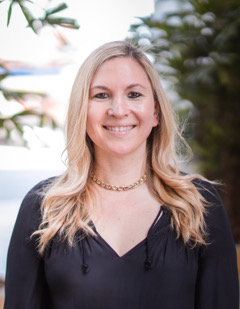
Summertime is drawing to a quick close! As we ease back into the school year, gear up for holiday seasons, and bid adieu to 2022, the following are some tips that our wealth management clients have found valuable to incorporate. It may feel like spare moments are dwindling in the final weeks of summer, but […]
How to raise perfectly imperfect kids with Lisa Sugarman: Podcast Episode #152
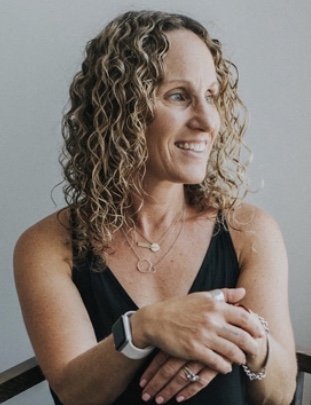
Lisa Sugarman, author of How To Raise Perfectly Imperfect Kids, discusses positive parenting and balance with Kristin. You can listen to this complete podcast episode on iTunes, SoundCloud, or wherever you find your podcasts. Welcome. You’re listening to Ask the Doulas, a podcast where we talk to experts from all over the country about topics […]
Intentional Motherhood with Monique Russell: Podcast Episode #152
Kristin and Monique, author of Intentional Motherhood: Who Said It Would Be Easy?, discuss her book and share tips to connect with your children and communicate your needs with others to better enjoy this time of transition. You can listen to this complete podcast episode on iTunes, SoundCloud, or wherever you find your podcasts. Welcome. […]
Ayurvedic Postpartum Healing with Ameya Duprey: Podcast Episode #151
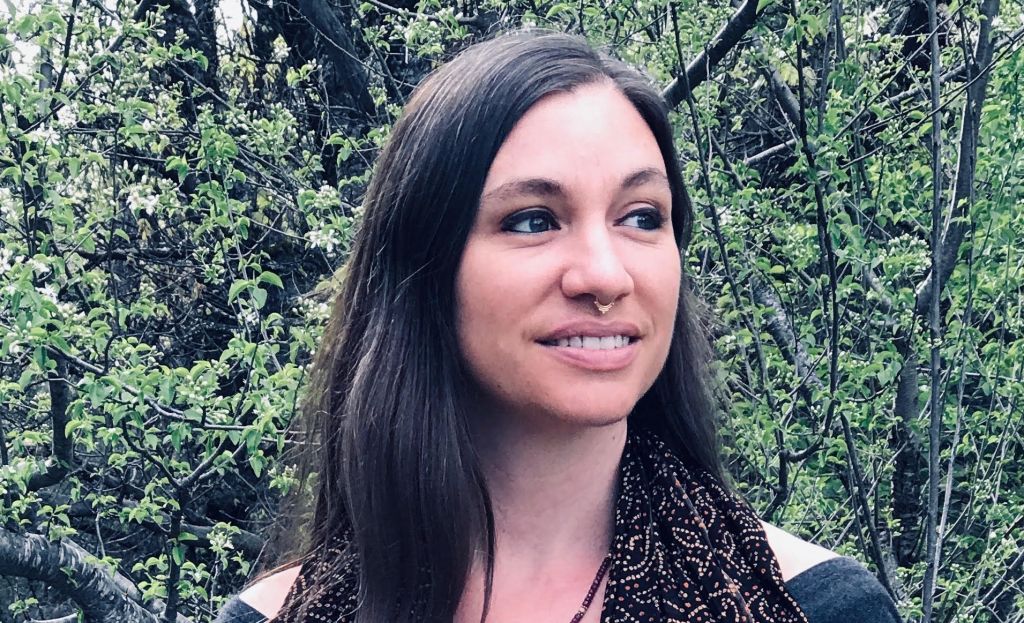
Kristin and Ameya Duprey discuss the root causes of postpartum imbalances and how to heal them. Ameya is an Ayurvedic practitioner, postpartum doula and author. You can listen to this complete podcast episode on SoundCloud, iTunes, or wherever you find your podcasts. Welcome. You’re listening to Ask the Doulas, a podcast where we talk to […]
Nursery Trends and Safety: Podcast Episode #150
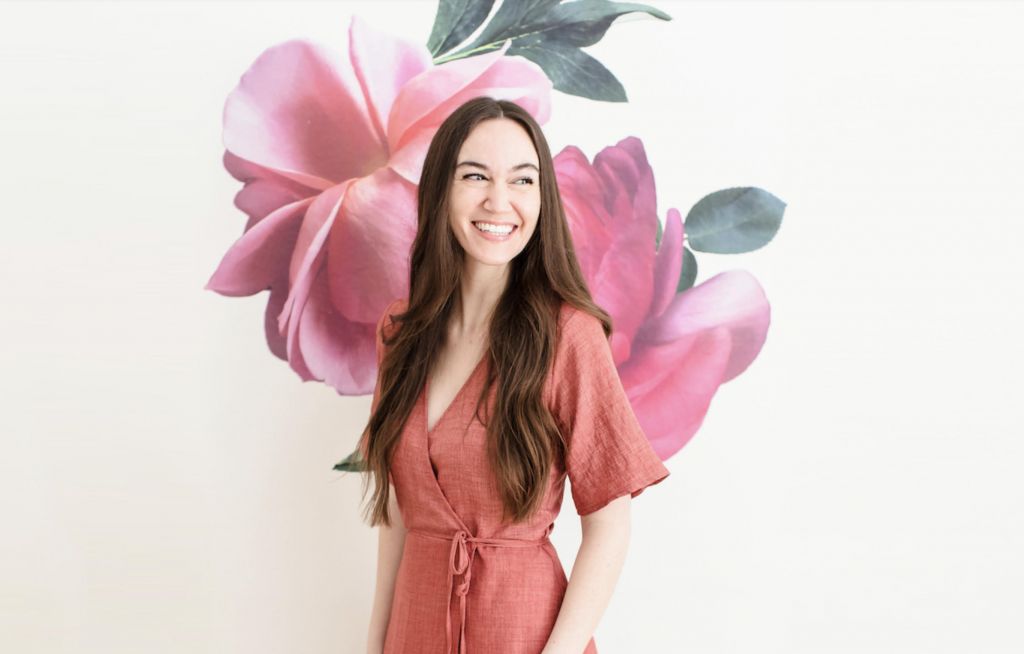
Kristin chats with Naomi Coe, founder of Little Crown Interiors and author of Your Perfect Nursery about nursery trends and nursery safety. You can listen to this complete podcast episode wherever you find your podcasts. Welcome. You’re listening to Ask the Doulas, a podcast where we talk to experts from all over the country about […]
The Ultimate Birth Experience: Podcast Episode #149
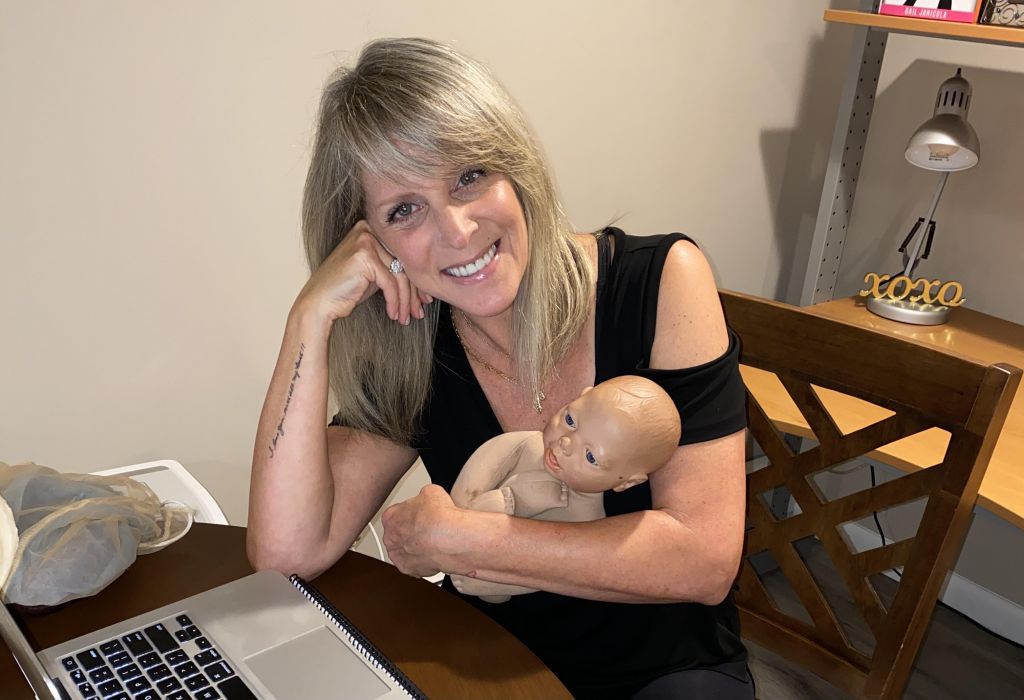
Kristin chats with Gail Janicola about what it means to have the ultimate birth experience. Gail is a birth expert, author of “The Ultimate Birth Experience,” and a mommy mentor. You can listen to this complete podcast episode on iTunes, SoundCloud, or wherever you find your podcasts. Welcome. You’re listening to Ask the Doulas, a […]
Pregnancy After Loss: Podcast Episode #148
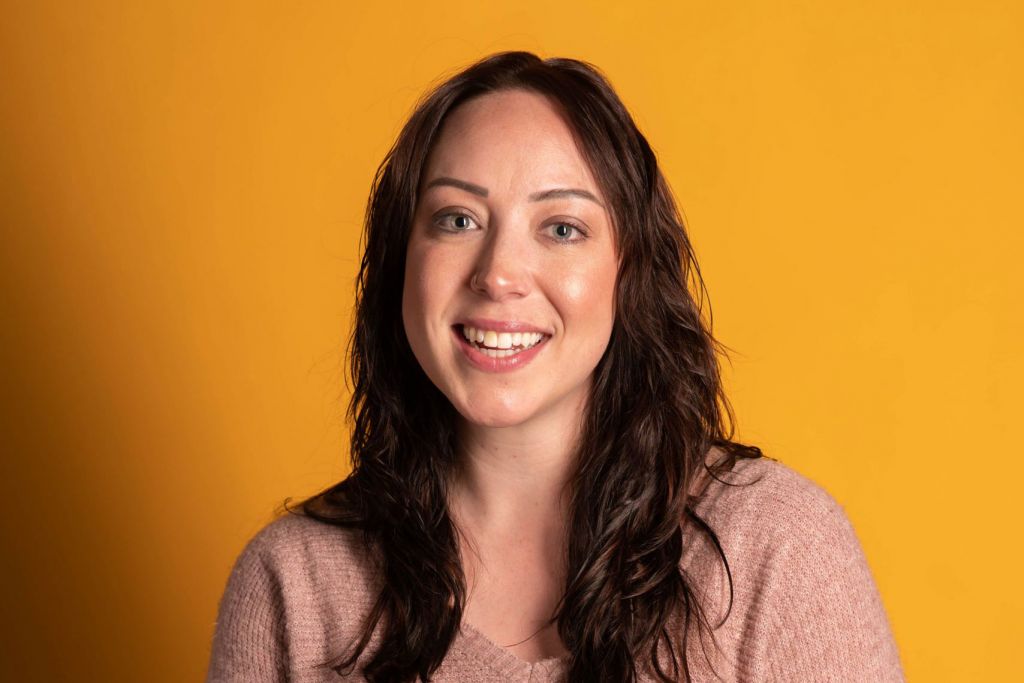
Gold Coast client Deb Kalsbeek shares her story of pregnancy after loss with Kristin. Deb also gives tips on how to best support grieving families. You can listen to this complete podcast episode on iTunes, SoundCloud, or wherever you find your podcasts. Welcome. You’re listening to Ask the Doulas, a podcast where we talk to […]
Emergency: This Book Will Save Your Child’s Life – Podcast Episode #147
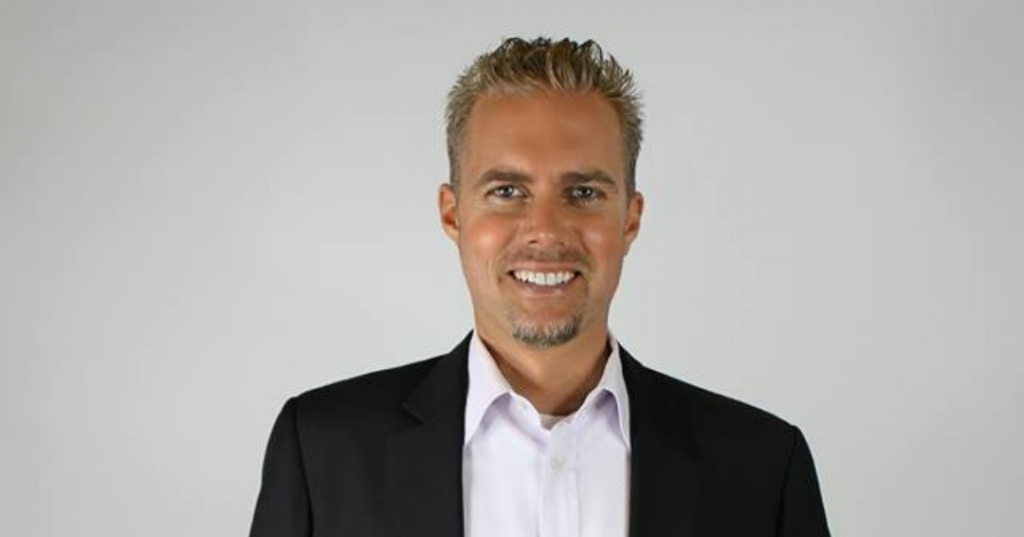
Kristin chats with Mark about how he came to write his book Emergency and why it’s important for expecting moms and dads to start thinking about safety issues about 8 weeks before birth! You can listen to this complete podcast episode on iTunes, SoundCloud, or wherever you find your podcasts. Welcome. You’re listening to Ask […]
Ownership Change at Gold Coast Doulas
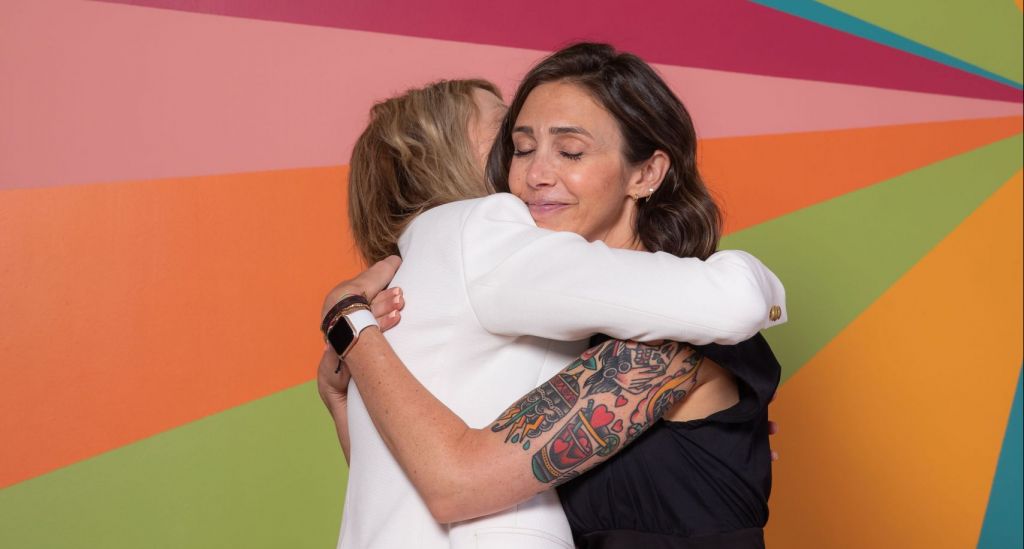
In 2015, when my daughter was 2 years old, I decided to leave my office job and become a postpartum doula. Kristin was one of the first doulas I met, and we actually took our postpartum trainings together. Little did we know that a year later she would call me to ask if I wanted […]
Happy with Baby: Podcast Episode #146
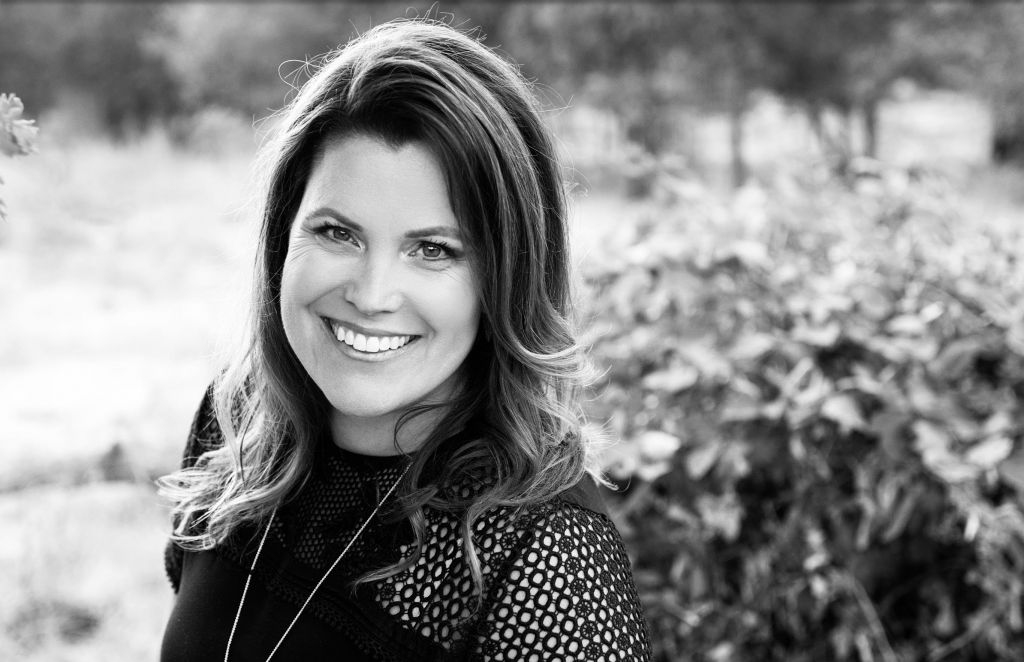
Kristin & Catherine, author of Happy with Baby, discuss the challenges of moving from partner to parent and how that can throw you for a loop. You can listen to this complete podcast episode on iTunes, SoundCloud, or wherever you find your podcasts. Welcome. You’re listening to Ask the Doulas, a podcast where we talk […]
Dancing with Fear: Podcast Episode #145

Kristin and Deb discuss how to prepare for birth when working through fear. Deb is the director of the Prenatal Yoga Center. You can listen to this complete podcast episode on iTunes, SoundCloud, or wherever you find your podcasts. Welcome. You’re listening to Ask the Doulas, a podcast where we talk to experts from all […]
Sabrina, Founder of Osso Safe – Podcast Episode #144
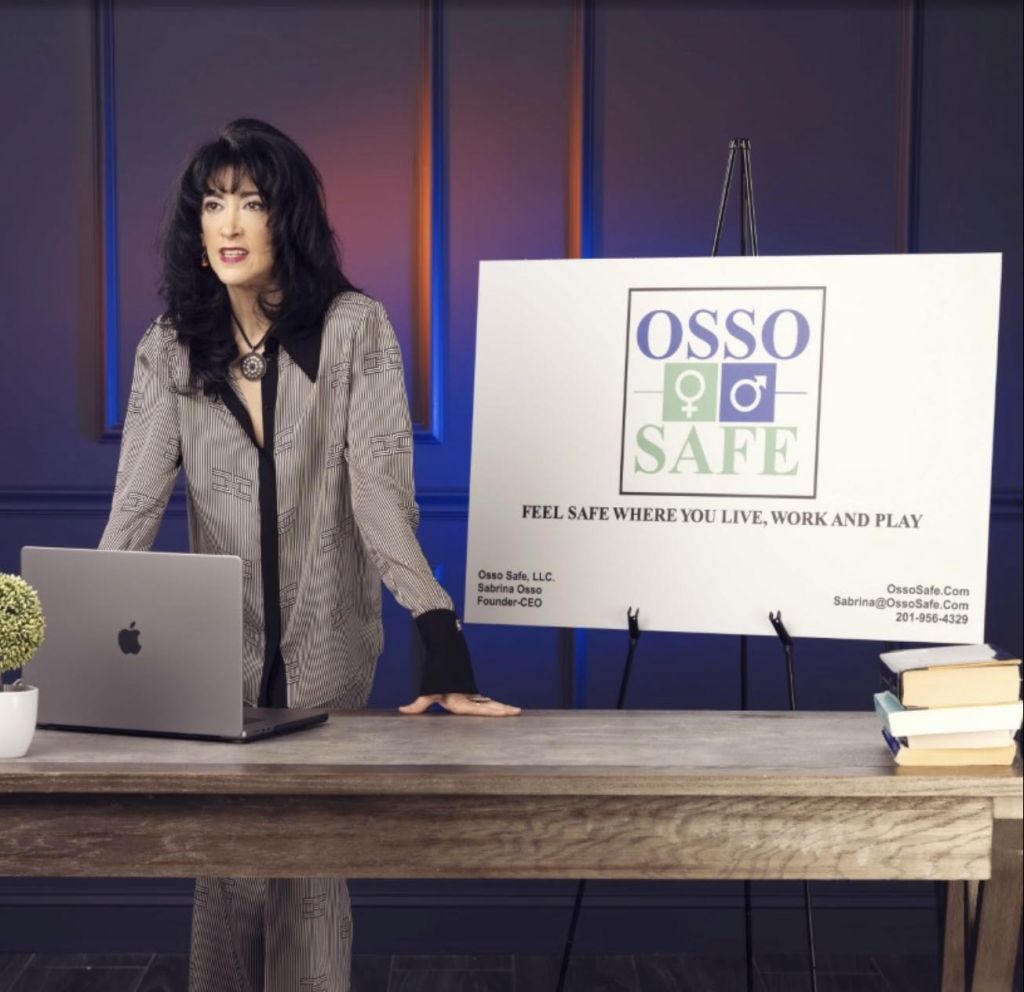
Kristin chats with Sabrina of Osso Safe about preventing violence in a relationship and how OSSO safe can protect families. You can listen to this complete podcast episode on iTunes, SoundCloud, or wherever you find your podcasts. Welcome. You’re listening to Ask the Doulas, a podcast where we talk to experts from all over the […]
Amber’s Postnatal Story: Podcast Episode #143
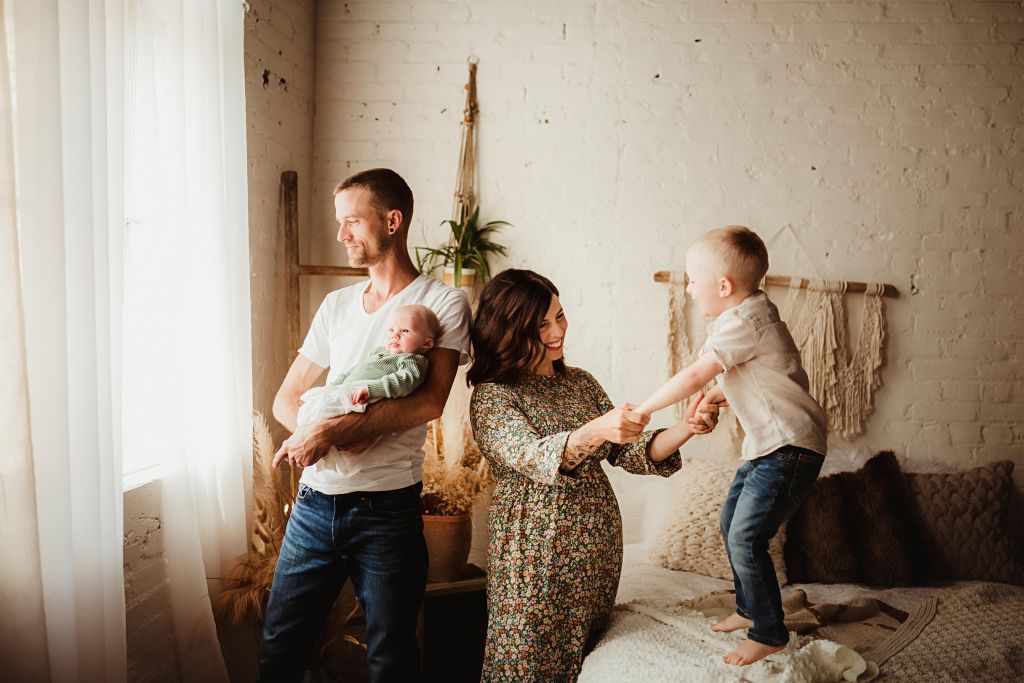
Kristin chats with Gold Coast client Amber Shaw about her postnatal recovery. She shares the challenges she faced and discusses how she advocated for her needs. You can listen to this complete podcast episode on iTunes or SoundCloud. You can also check out Amber’s birth story and her experience with the Becoming course. Welcome. […]
The Importance of Registering for Services: Podcast Episode #142
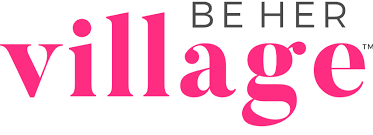
Kristin and Kaitlin McGreyes of Be Her Village discuss the importance of registering for services vs. things and her groundbreaking new gift registry platform. You can listen to this complete podcast episode on iTunes, SoundCloud, or wherever you find your podcasts. Welcome. You’re listening to Ask the Doulas, a podcast where we talk to experts […]
Talking Formula Shortages with Kelly, IBCLC: Podcast Episode #141
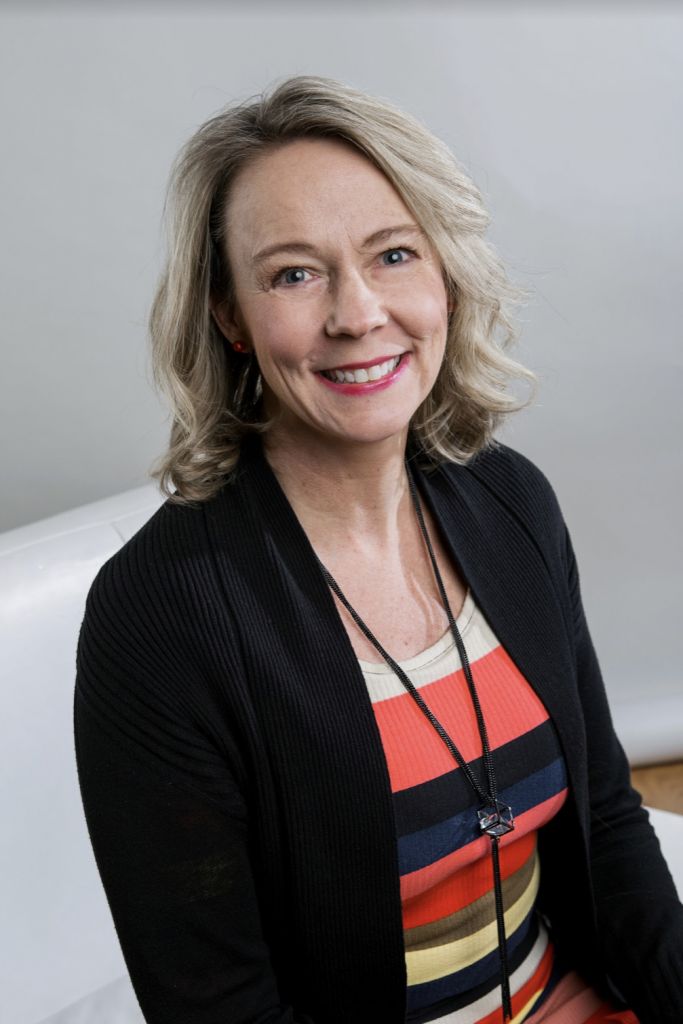
Kristin and Kelly discuss the formula shortage and share resources to help families during this stressful time. You can listen to this complete podcast episode on iTunes, SoundCloud, or wherever you get your podcasts. Welcome. You’re listening to Ask the Doulas, a podcast where we talk to experts from all over the country about topics […]
Benefits of Baby Massage: Podcast Episode #140

Kristin chats with Helen Thompson about the benefits of baby massage and the bonding that it provides for parents and the newborn. You can listen to this complete podcast episode on iTunes, SoundCloud, or wherever you find your podcasts. Welcome. You’re listening to Ask the Doulas, a podcast where we talk to experts from all […]
Amanda Tice and The New Mom Code – podcast episode #139

Amanda Tice, model and author, talks about becoming a new mom. You can listen to this complete podcast episode on iTunes, SoundCloud, or wherever you get your podcasts. Welcome. You’re listening to Ask the Doulas, a podcast where we talk to experts from all over the country about topics related to pregnancy, birth, postpartum, and […]
Meet our new birth doula, Lisa.
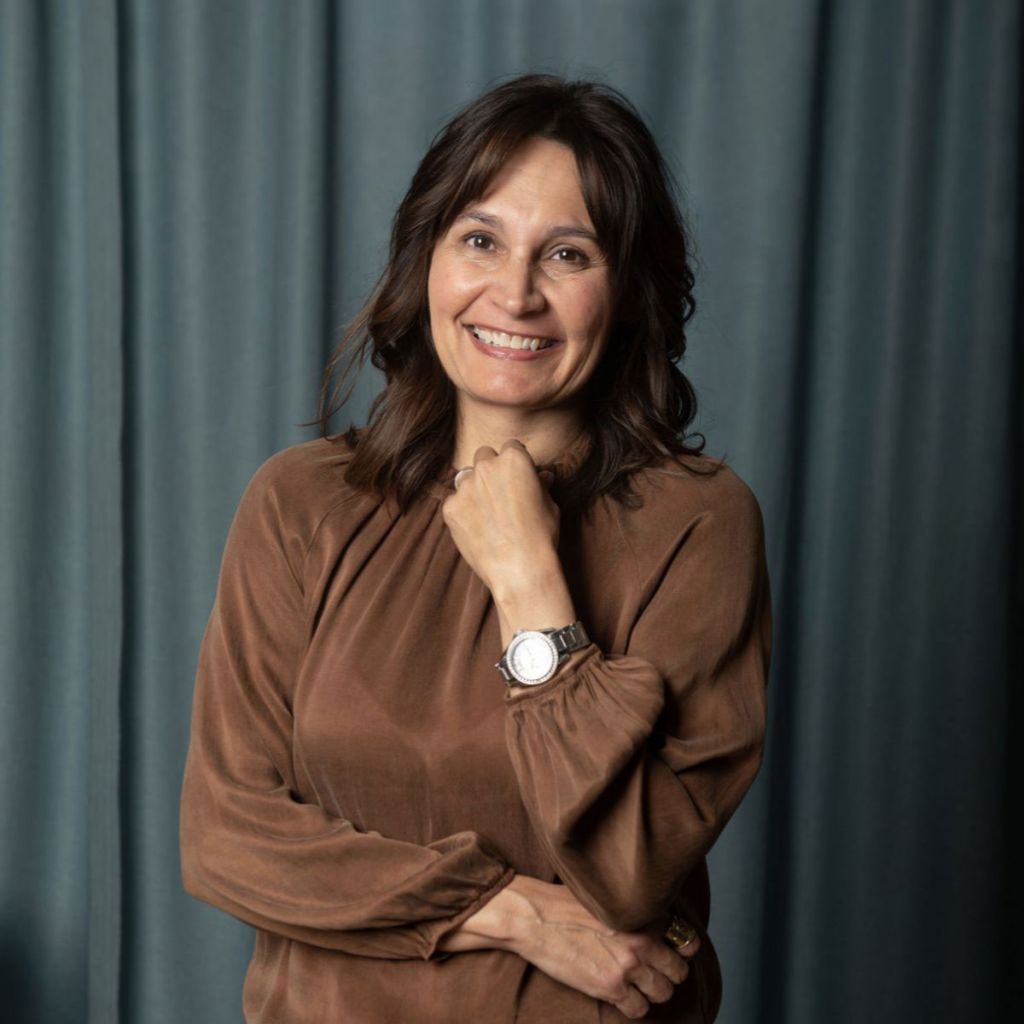
What did you do before you became a doula/consultant? I had a 20+ year career as an Occupational Therapist. Much of my career as a therapist, was at Mary Free Bed Hospital working in the wheelchair and custom seating department. Approximately 7 years ago, I completed my master’s degree and became an academic advisor. I […]
